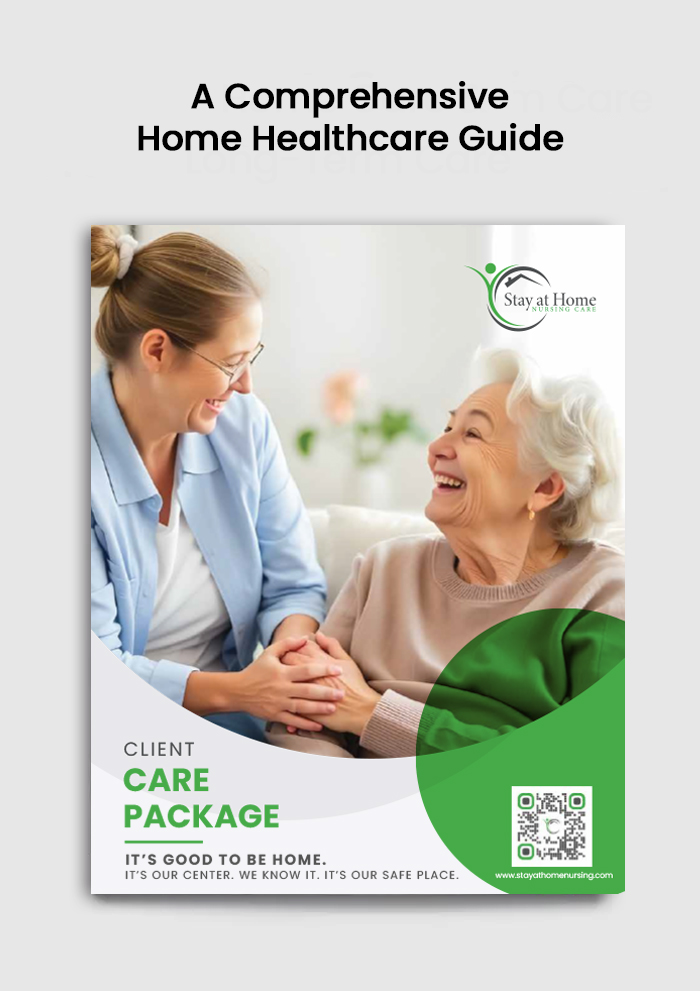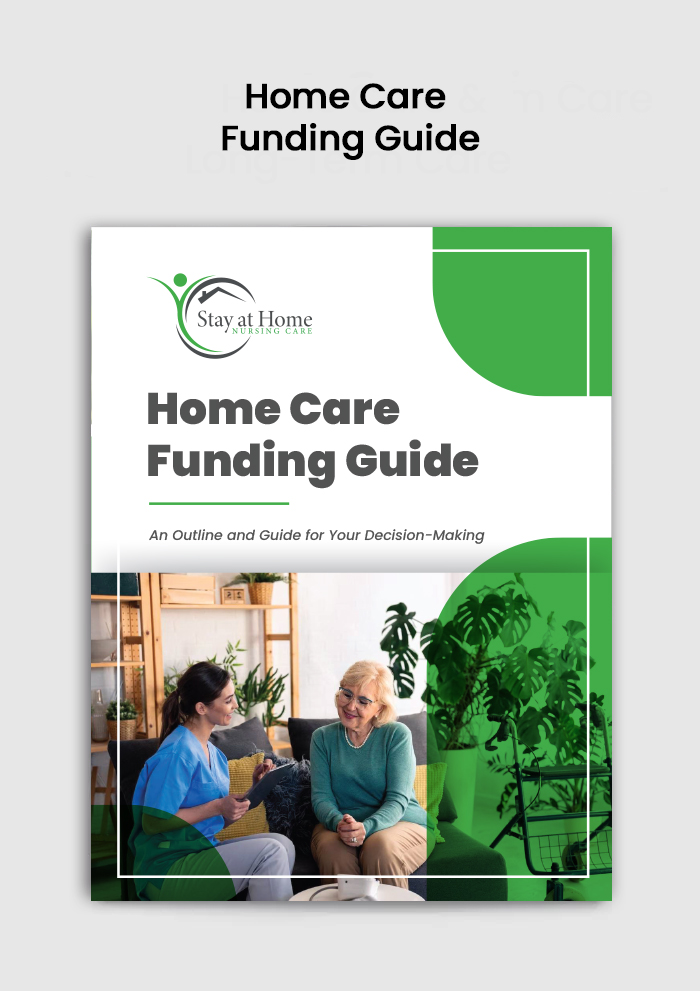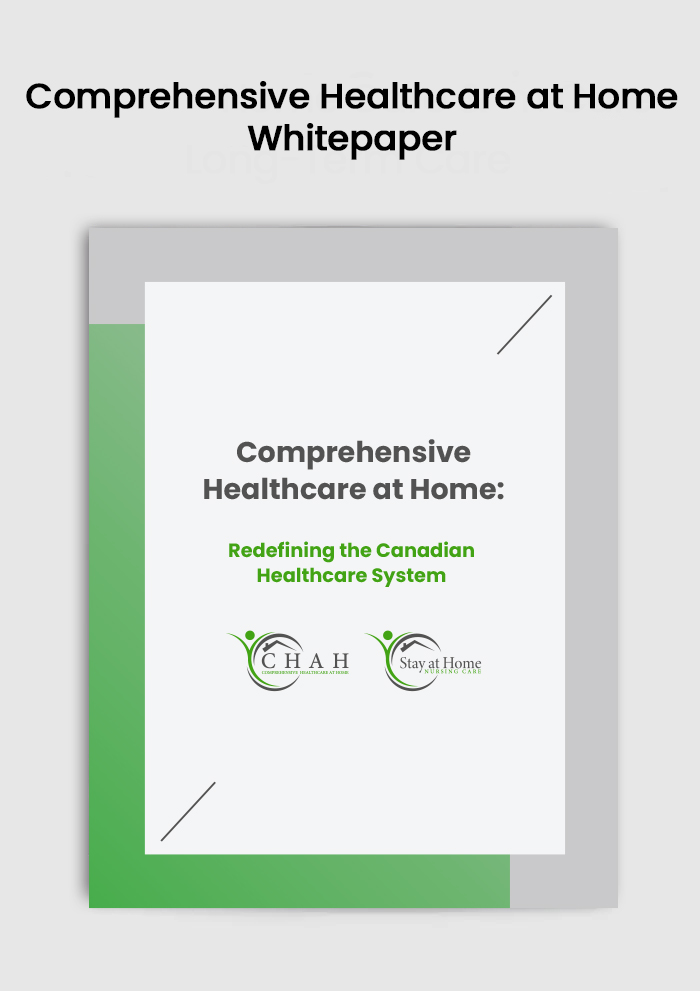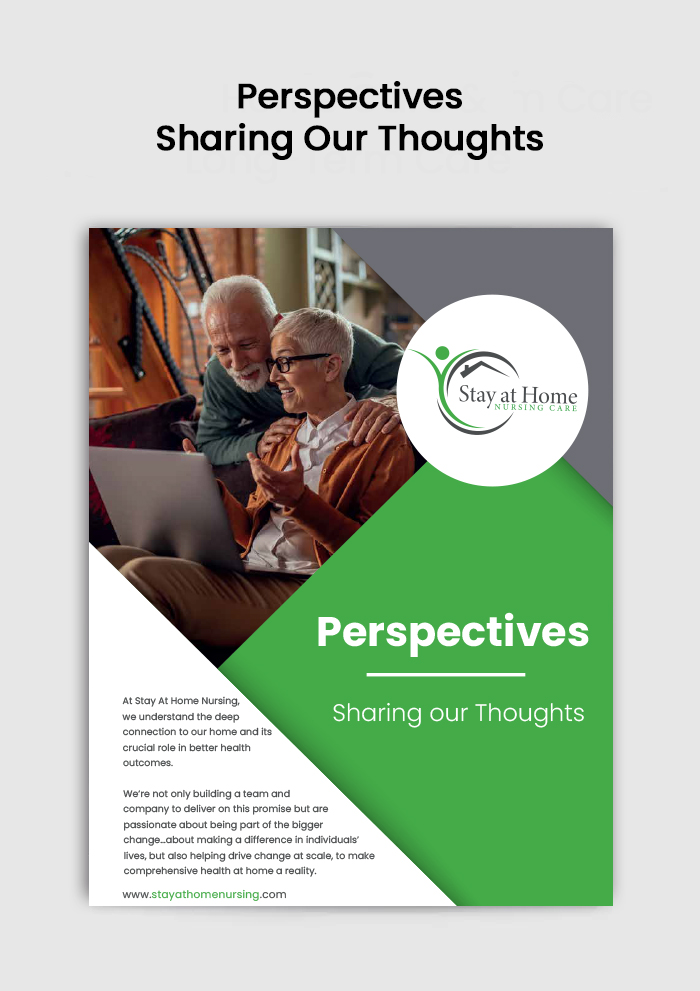I get up, I fall down, all the while I am dancing. ~ Martha Graham
Gravity, goes a familiar one-liner, is always bringing me down, a statement that brings a much-needed moment of levity for those of us with mobility issues who are most intimately acquainted with this irrefutable law of physics. Levity is important because outside of falling in love, and despite the gag reels that litter the internet, for the most part actually falling is generally no fun at all.
In fact, a quick survey of famous ‘falling’ quotes clearly indicates that falling is most often associated with failure. Sure, it’s usually with a positive spin: falling/failing provides us with the opportunity to learn new life lessons; to demonstrate irrevocably our strong moral fiber; to strengthen our spirituality; or to discover unexpected paths forward. It’s not whether you get knocked down, it’s whether you get back up, Vince Lombardi (and Confucius) famously said. And Jon Bon Jovi (Success is falling nine times and getting up ten) is very much aligned with the Japanese proverb that advises Fall seven time, stand up eight. Wise statements, all. But it is also true—again especially for those with mobility or balance issues—that falling is a tiresome but common challenge. An always inconvenient, uncomfortable, potentially dangerous, even life-threatening component of the everyday dance of life.
Older adults living in the community face increased risk of experiencing a fall. The World Health Organization reports that globally 37.3 million falls occur each year, resulting in the need for medical attention. The stakes for Canadians age 60 and over are extremely high. Almost a third are at high risk of a fall that has serious consequences such as bone fractures or hospitalizations. Falls can also contribute to a potential loss of independence, or an increased sense of helplessness and/or depression. Canadians over the age of 60 also experience the highest percentage of fatal falls.
How Can Home Care Help?
There is a myriad of ways in which the presence of an in-home caregiver can help prevent falls at home. At Stay At Home Nursing we specialize in creating individual care plans that aim to minimize risk while maximizing independence. Free In-Home Care Consults detail the ways in which we take pride in supporting active living in the community, whether that is assisting in shopping and meal preparation, yard work, home maintenance or personal healthcare needs. At SAHN we are dedicated in supporting your dance through the ups, and downs, of everyday life.
Keep an eye out for this upcoming series that will look at preventative interventions and strategies that can reduce the risk, and ensuing complications, of falling at home.
- Reducing the Risk of Falls: What Can We Do? Addressing: 1) environmental fall hazards; 2) the importance of foot health; 3) the importance of monitoring diet, medications and eye health.
- MOVE-GROOVE-IMPROVE: The importance of exercise and movement strategies.
- Lived Experience: Lessons in Gratitude—A Conversation With Leslie Davidson, author of Dancing in Small Spaces.







